It’s easy to take travel for granted in today’s world. Flights are simple, connectivity has never been better and information is readily at our fingertips.
But it was the early explorers, the pioneers that opened up the world to travel. They are the originals, the people who stirred our imaginations and wanderlust. I admire their fearlessness and desire to explore places beyond their imagination.
Table of Contents
Famous Explorers Who Made Travel Possible
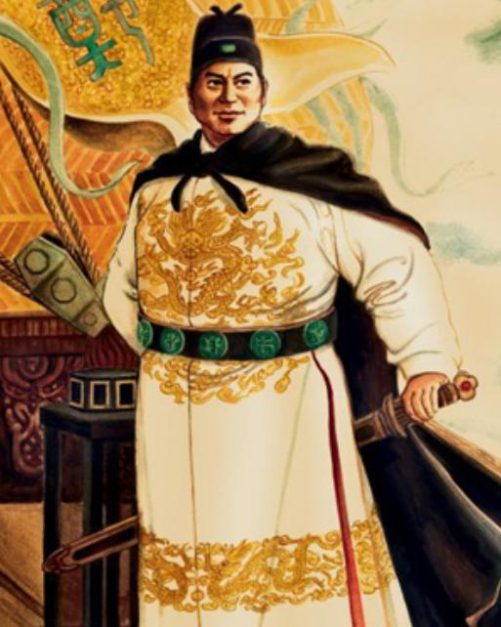
Imagine waking up in 1422 Lisbon, and anchored in the harbour is a fleet of Chinese vessels.
They inform the King of Portugal that they come seeking trade agreements, and that their commander Zhang He (or Cheng Ho in English) has been tasked with finding Europe and to find a way around Africa
Zhang He commanded seven expeditions between 1405 and 1433. He was sent to awe the nations, and enforce the tributary system around Asia and Africa.
The route he took was not new, the Chinese had been trading with Muslims and Africans for centuries, it was the size of the fleet which was unprecedented.
Each one of his expeditions contained more men and ships than the six explorers following combined. For instance, the 1405 expedition consisted of 27,800 men and a fleet of 62 treasure ships supported by approximately 190 smaller ships.
With the largest ships being the treasure ships, at and estimated 419 feet, for comparison, the caravel, the standard Portuguese ship were on average only 75 feet long.
If I were a betting man, my money undoubtedly would have been on the Chinese to not only discover the “New World” but also to complete the first circumnavigation.
So why did the European’s discover the “New World”?
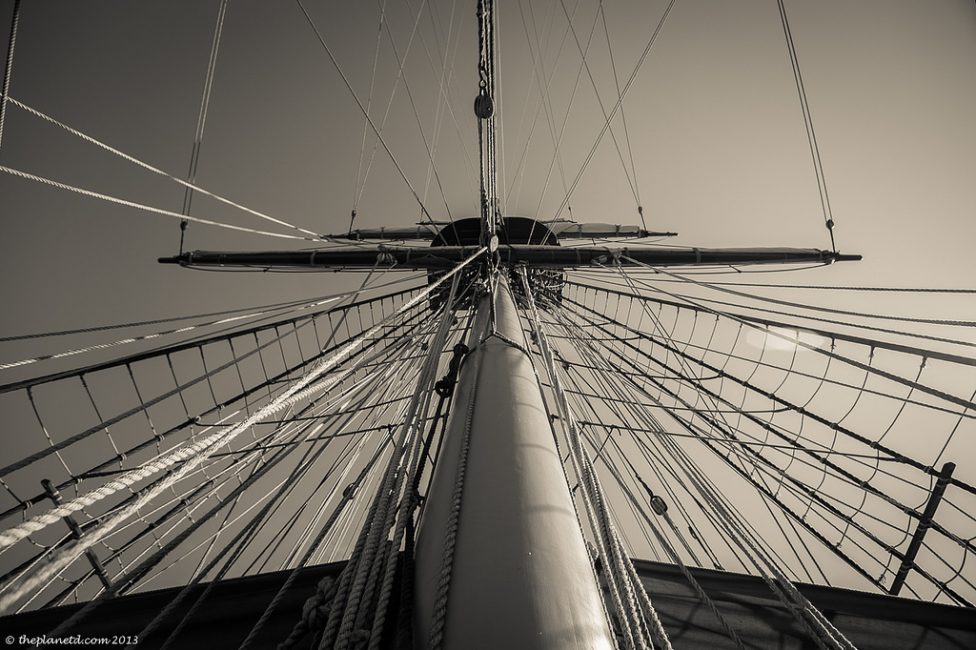
It comes down to necessity. The Chinese have been trading with Europeans since the roman times.
But it was the Europeans who really needed the Asians. That’s because the most valuable commodity at this time was spices.
There was only one place on Earth that you could get them, the Molucca Islands, in modern-day Indonesia, not to be confused with Malacca in neighbouring Malaysia.
The Europeans went absolutely mad for these spices, including clove and nutmeg. The problem was that they came overland and Venice had a virtual monopoly.
Asians had no incentive to cross these vast oceans if the worlds most valuable commodity was already there, and the Chinese almost certainly could have if they wished.
Spain and Portugal Leading Explorers?
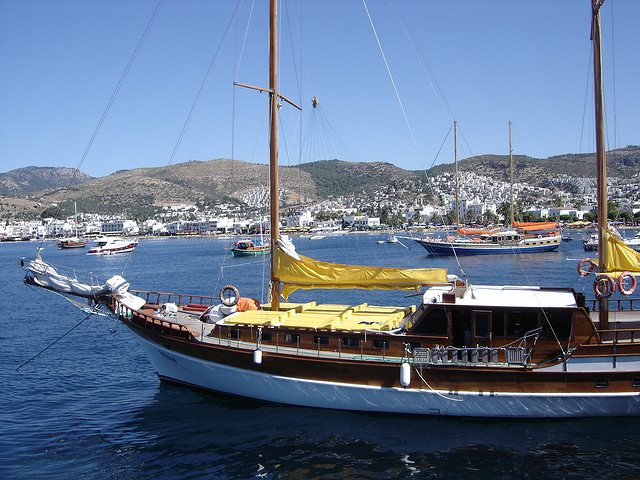
One important thing to know here is that all of these people sailed under the crown of either Spain or Portuguese.
In the late 15th century, Portugal and Spain (Well technically Castile) were the two great powers of Europe.
England and France fought the “Hundred Year War”, which only recently ended in 1453, leaving their power greatly reduced.
In 1494 Pope Alexander VI mediated in a dispute between Spain and Portugal. They signed the Treaty of Tordesillas, which essentially carved the world in half between the two of them.
The “Age of Discovery” begins with Portugal.
1. Prince Henry the Navigator
Prince Henry was the third child of the Portuguese king John |. If you could trace the “Age of Discovery” to one man, it would be Henry. Although he wasn’t an explorer himself, his efforts to trade with Africa led to a greatly increased understanding of maritime routes.
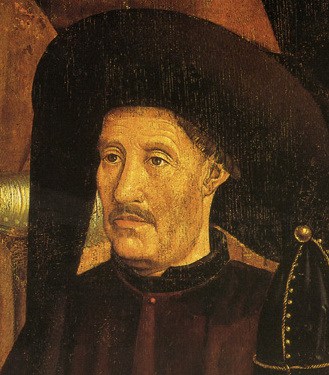
Born: 1394
Died: 1460
Nationality: Portuguese
At the time the Portuguese ships couldn’t sail outside of the tranquil Mediterranean waters, so Henry developed the caravel. The caravel was much lighter and faster and it was capable of sailing in the Atlantic as well as shallow water near the shore.
In 1425, his second brother the Infante Peter, Duke of Coimbra, made a tour of Europe. While largely a diplomatic mission, he had ulterior motives, to find geographic material for his brother Henry. Peter obtained a “current” world map from a Venetian cartographer, and gave this to Henry.
Established Trade Routes to Africa
This greatly aided Henry’s goal to establish trade routes with West Africa. At the time the Portuguese couldn’t get past the Sahara desert, the Muslim north Africans had overland routes with their southern neighbours.
Henry established a trading post in the Bay of Arguin, thus bypassing the Muslims. The result being that slaves and gold began pouring into Portugal. He also reached the Azores and Madeira Islands, and claimed both for Portugal.
Henry’s most important discovery though is likely that after his time Portuguese mariners understood the Atlantic gyre, the circular current system that is crucial to sailing in the Atlantic. It’s counterintuitive because to return to Portugal from Africa, they had to sail west and the current would turn them north to Portugal.
2. Bartolomeu Dias
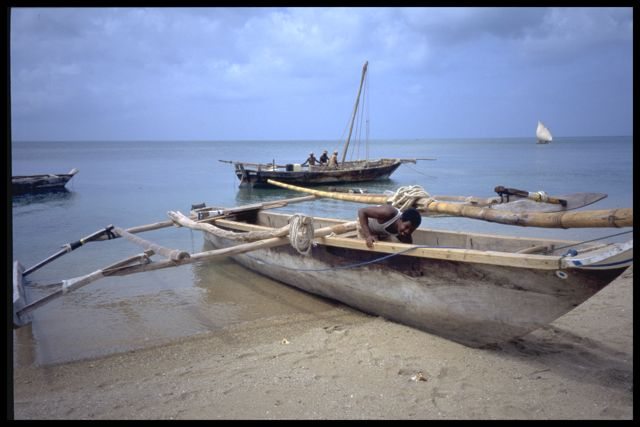
Born: 1450- Algarve, Portugal
Died: 1500- Cape of Good Hope
Nationality: Portuguese
Bartolomeu Dias was a Portuguese noble born in Portugal, Almost nothing is known about the life of Bartolomeu Dias before 1487, except that he was at the court of John ||, king of Portugal, and was a superintendent of the royal warehouses.
In 1487, Bartolomeu Dias was sent by King John ||, of Portugal, to explore the coast of Africa, and find a way to India.
His fleet consisted of three ships: his own Sao Cristovao, the Sao Pantaleao captained by Joao Infante, and a supply ship under Dias’s brother, Pero.
Sailed the Congo River
Bartolomeu sailed for the Congo River, then sailed south, following the coast.
Around Namibia he got caught in a storm for 13 days. When the storm cleared he sailed east, with no luck he turned north and landed in Mossel Bay, South Africa on February 3, 1488.
The expedition went on to Algoa Bay, but the crew was unwilling to continue, and Dias recorded the opinions of all his officers, who were unanimously in favour of returning.
Dias returned to Portugal in December 1488. It is not recorded what kind of reception he received from the king.
Dias was later employed to supervise the construction of the São Gabriel and the São Raphael vessels used for Vasco da Gama’s 1497 expedition to India. He was allowed to sail with da Gama’s expedition only as far as the Cape Verde Islands.
At age 50, Bartolomeu Dias died in 1500 on another voyage, after being caught in a violent storm off the coast of Africa.
Because of Dias’ voyage, Europeans realised that Africa did have a southern tip. They decided to bypass the overland route, cut out the middlemen, and deal directly with India.
3. Vasco da Gama
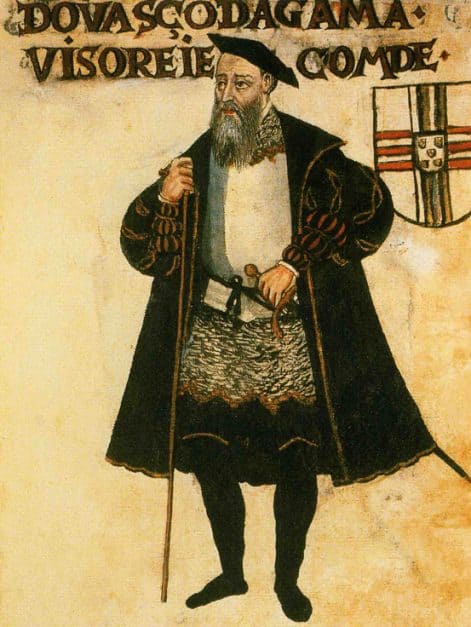
Born:1460s- Sines, Portugal
Died:1524- Kochi, Portuguese India
Nationality: Portuguese
Vasco da Gama was born in 1460 or 1469 in southwest Portugal. He was the third of five sons of Estêvão da Gama and Isabel Sodré.
Around 1480, da Gama joined his father in the Order of Santiago. The master of Santiago was Prince John, who came to the throne in 1481 as King John || of Portugal.
After Bartolomeu Dias returned from the Cape of Good Hope in 1488, King John || was convinced that he had to reach India. To accomplish this he turned to Vasco Da Gama.
Expedition to India
On 8 July 1497 Vasco da Gama led a fleet of four ships with a crew of 170 men from Lisbon, headed to India.
By December 16th he reached the Great Fish River, South Africa, where Dias had turned back to Portugal. He continued north along the East African coast visiting Mozambique, Mombasa and Malindi. While in Malindi, Da Gama and his crew recruited the services of a pilot who knew the local area.
The fleet arrived in Kappadu near Calicut, India, on 20 May 1498. Vasco da Gama had an audience with the Zamorin (king), and presented many presents to him, trying to broker a trade agreement. The king was unimpressed by the gifts and declined.
Nevertheless, da Gama’s expedition was massively successful, bringing in cargo that was worth sixty times the cost of the expedition.
Crossing the Indian Ocean
The initial crossing of the Indian Ocean took only 23 days; now, on the return trip it took 132 days. The locals warned him that the monsoon was coming in, but da Gama ignored them. When he finally reached Malindi, half of his crew was dead.
Paulo da Gama, Vasco’s brother, died on the way back and Vasco decided to stay by his side on Santiago island. He handed the São Gabriel (his ship) over to his clerk, João de Sá, to take home.
He eventually took passage on an Azorean caravel and finally arrived in Lisbon on 29 August 1499.
He received a heroes welcome, and was showered with honours, including a procession and public festivities.
Vasco da Gama made do with a substantial hereditary royal pension of 300,000 reis. He was awarded the noble title of Dom (lord) in perpetuity for himself, his siblings and their descendants.
On 30 January 1502, da Gama was also awarded the title of Admiral of the Seas of Arabia, Persia, India and all the Orient – a title reminiscent of the ornate Castilian title borne by Christopher Columbus.
I assume Manuel must have thought that if Castile had an ‘Admiral of the Ocean Seas’, then surely Portugal should have one too
It took more than a century for other European powers to reach India by sea.
Early Colonizing Power
Vasco da Gama is one of the most famous and celebrated explorers from the Age of Discovery.
As much as anyone after Henry the Navigator, he was among the few people responsible for Portugal’s success as an early colonising power.
Beside the fact of the first voyage itself, it was his clever mix of politics and war on the other side of the world that placed Portugal in a prominent position in Indian Ocean trade.
Following da Gama’s initial voyage, the Portuguese crown realised that securing outposts on the eastern coast of Africa would prove vital to maintaining national trade routes to the Far East.
4. Christopher Columbus
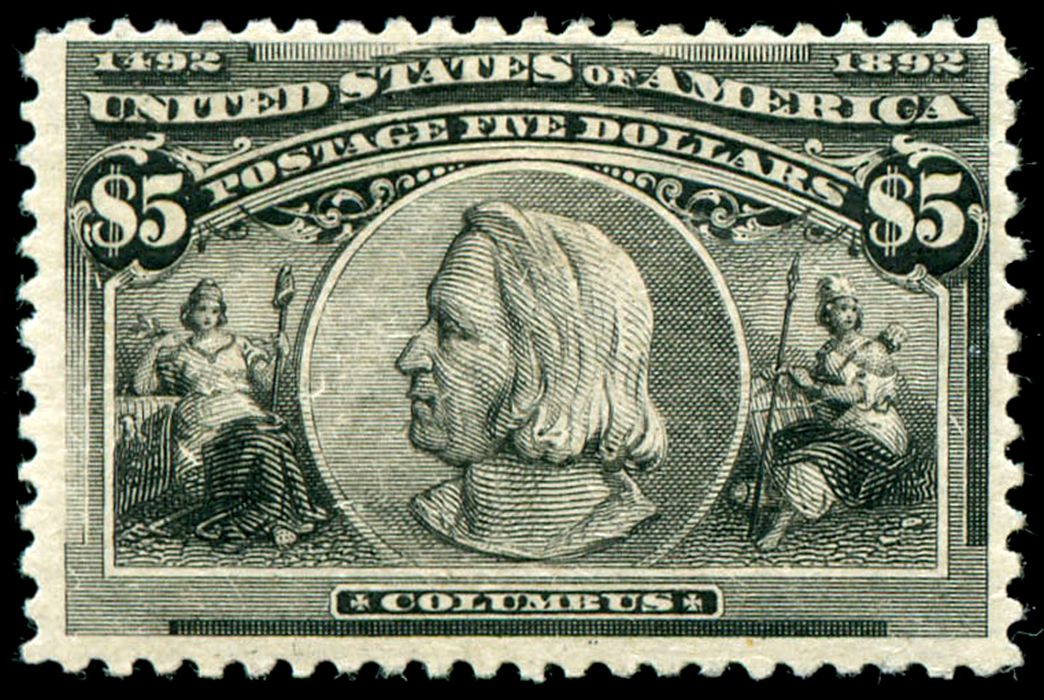
Born: 1451- Genoa
Died: 1506- Spain
For better or worse, Columbus is the most famous of all the explorers, at least in the U.S.
Christopher Columbus was born and raised in Genoa. His father Domenico Colombo owned a cheese stand, where young Christopher worked as a helper. His mother was Susanna Fontanarossa. He had three brothers and a sister.
In 1473, Columbus began his apprenticeship as business agent for the important Centurione, Di Negro and Spinola families of Genoa. Around this time he also took part in a few voyages in Northern Europe, visiting England, Wales, and possibly Iceland.
Columbus took a Portuguese ship from Galway to Lisbon, and stayed there between 1477 to 1485. After having a son, he made his way to Castile.
Always very ambitious, he taught himself Latin, Portuguese, and Castilian, in addition to his native Genoese.
In 1482, Columbus submitted his plans to find the western route to the Orient to the king of Portugal, John ||.
Columbus requested:
- To be made “Great Admiral of the Ocean”.
- To be appointed governor of any and all lands he discovered.
- To be given one-tenth of all revenue from those lands.
The king rejected his offer, he believed his estimation of travel distance of 2,400 miles to be far to low.
Fun Fact: If Columbus’ descendants had been granted 10% of all future trade with the New World, it would have made his family the richest in history, by far.
Shortly after, Bartolomeo Dias returned, informing the king the he had rounded the Cape of Good Hope.
So Columbus then took his proposal to England, Genoa, and Venice and they all declined. He then tried Spain. The negotiations took a number of years but finally in January 1492, permission was granted for the voyage.
Between 1492 and 1503, Columbus completed four round trips to the “New World”. He first landed in what is now the Bahamas. He eventually made his way to Hispaniola (Modern DR, Haiti). It was here where his fame (I would say Infamy) was made.
Columbus first voyage
The people he encountered, the Lucayans, Taínos and Arawaks, were so kind that their society had no weapons, prisons or prisoners.
He did on this island what Europeans did everywhere, he killed most, and enslaved the rest. Most experts agree that the population of Hispaniola was around 3 million in 1491. In 50 years they were extinct.
After his first voyage he was made viceroy of Hispaniola. By 1499 he was exhausted and contacted Spain asking for a replacement. They sent Francisco de Babidilla. Babidilla was also tasked with investigating Columbus’ conduct during his post.
He was horrified to learn of his actions so he sent him back, in chains, to Spain to face charges of brutality and torture. He was freed but forced to give up his claims on the lands.
In his later years he grew increasingly religious. He wrote two books, The Book of Privileges (1502) and The book of Prophecies (1504).
Columbus before Ferdinand and Isabella
On 20 May 1506, aged probably 54, Columbus died in Valladolid, Spain.
Until his dying breath he thought he discovered the route to Asia, not knowing that this was a land that Europeans had no knowledge of. Although he was educated, like most Europeans of the day he found it hard to believe that there was an entire landmass containing millions of people that they knew nothing about.
Question: If only a handful of people were visited by extra terrestrials today, how many people would believe them?
Although Christopher Columbus has been celebrated as the “Discoverer of America” in the U.S and European community. I think his legacy is a little more nuanced than that. He did not discover America, because the indigenous discovered it thousands of years before. He was not even the first European to reach America, because the vikings beat him to that. What he was though, was the first one to get there, and bring the news back to Europe.
Wether you love him or hate him, his voyage is one of the most important events in world history. After him the old world and the new would be joined like never before.
5. Amerigo Vespucci
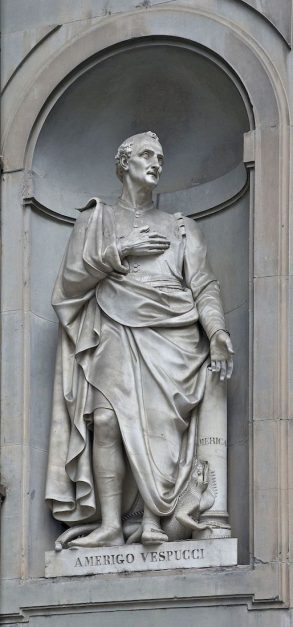
Born: 1454- Florence, Italy
Died: 1512- Seville, Spain
Amerigo Vespucci was born and raised in Florence, Italy. His two older brothers went to University of Pisa, while Amerigo chose to embrace the life of a merchant.
He worked for Lorenzo d Medici and worked his way up and gained the favour of the family. Lorenzo eventually sent him to Cadiz, Spain on business.
After settling some accounts in Spain, the Portuguese king Manuel invited him to take voyage on one of their expeditions.
He participated in four expeditions, although only two can be verified.
The first and the last voyage are disputed since the only evidence is some letters that he sent, which themselves are likely forgeries.
Expeditions to Asia and Africa
After his third voyage he returned to Lisbon. Vespucci wrote in a letter to Medici that the landmasses they explored were much larger than anticipated and different from Asia described by Ptolemy or Marco Polo.
Therefore it must be a New World, that is, a previously unknown fourth continent, after Europe, Asia, and Africa
His discoveries were undoubtedly important, but his real legacy rests on his letters, he wrote quite a few of them and they circulated around Europe.
In 1507 a group of cartographers in France were working on a book called Cosmographiæ Introduction, Martin Waldseemüller, a German cartographer suggested that they call newly discovered Brazil “America”, the feminine version of Amerigo.
Later on the name America got added to the entire hemisphere, and it just stuck.
6. Ferdinand Magellan
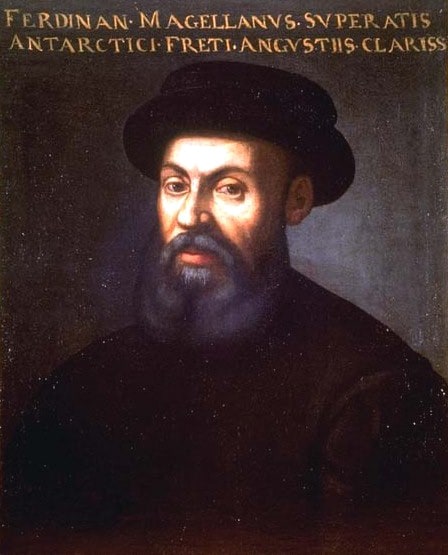
Born: 1480- Oporto, Portugal
Died: 1521?- Philippines
Ferdinand Magellan was born near Porto, Portugal. When he was 10, his parents died and he became a page to Queen Leonor, due to his parents heritage.
After Columbus returned, the Spanish soon realised that the land he “discovered” was not Asia, and that it was a new landmass.
Due to the aforementioned Treaty of Tordesillas the eastern route to the Spice Islands fell under dominion of the Portuguese, so the Spanish had to find a new route going west.
The Pacific through Panama
In 1513 Spanish explorer Vasco Nunez de Balboa reached the Pacific by crossing the isthmus of Panama, so the Spanish then theorised that the Orient was west of that.
On March 22, 1518 the Spanish king Charles | named Magellan captain of the party that would leave in July to search for the Spice Islands.
The king also granted him:
- Monopoly of the discovered route for a period of ten years.
- Their appointment as governors of the lands and islands found, with 5% of the resulting net gains.
- A fifth of the gains of the travel.
- The right to levy one thousand ducats on upcoming trips, paying only 5% on the remainder.
- Granting of an island for each one, apart from the six richest, from which they would receive a fifteenth.
On Aug. 10, 1519, Magellan set sail with 270 men and five ships: the Trinidad (commanded by Magellan), the San Antonio, the Victoria, the Conception, and the Santiago.
With Magellan went his brother-in-law, Duarte Barbosa, and the loyal and able commander of the Santiago, João Serrão.
Arriving in Brazil, the fleet sailed down the South American coast to the San Julián Bay in the region called Patagonia.
Straits of Magellan
When the weather improved, Magellan set sail again. On Oct. 21, 1520, he finally found the passageway that would come to bear his name.
It took the fleet over a month to pass through the 350-mile strait.
After 38 days on the strait, the fleet finally emerged at the Pacific Ocean in November 1520.
They were the first Europeans to sail in this ocean. Magellan named it Mar Pacifico because its waters appeared calm in comparison to the difficult Strait of Magellan.
Tragedy on the Ocean
Magellan underestimated the size of the ocean, and the ships were unprepared for the journey. Many crew members starved while searching for land.
It took 99 days for them to cross the Ocean. Finally in March, the ships landed at Guam. They restocked their supplies and headed west towards the Philippines.
Upon landing at Cebu, he met the local king, Rajah Humabon and his queen Hara Amihan, which were very hospitable. He converted both of them to Christianity.
Fun Fact: Magellan had a slave named Enrique, who was from Malacca. Enrique spoke the native language. So in fact, it’s extremely likely that Enrique the slave was the first person in history to circumnavigate the globe!
Rajah Humabon informed him that he was having problems with his rival, the king of Mactan island. Magellan wanted to show the locals how European Christians did battle, and so he decided he was going to try to convert the king Lapu-Lapu by force.
Against the advice of his men, Magellan led the attack, assuming his European weapons would ensure a quick victory. The Mactan people, however, fought fiercely and struck Magellan with a poison arrow.
Ferdinand Magellan died on the spot, on April 27, 1521.
Shrine of Magellan
After Magellan’s death, Sebastian del Cano took command of the two remaining ships, the Trinidad and the Victoria. The Conception was burned because there were not enough men left to operate it.
On November 6th, they reached the Spice Islands. I could only imagine how they felt. Europeans have dreamed about this for centuries, and there they were actually standing on the island.
In September 1522 — three years and a month since the journey began — the Victoria docked back in Seville. Only one ship of the original five — and only 18 men of the original 270 made it home.
Though Magellan did not make it around the world, he did lead the first expedition to do so. And though the Strait of Magellan was too dangerous to be used as a regular route, its mapping proved invaluable to the European understanding of the world — as did the European discovery of the Pacific Ocean and the empirical proof that the world was indeed round.
Magellan’s project brought little in the way of material gain to Spain, but as a scientific effort, it proved to be the greatest of all the “conquests” undertaken by the overseas adventurers of fifteenth-and sixteenth-century Europe.
Fun Fact: In 1886 the Spanish government erected a statue of Magellan in Cebu, where he died. Once they got their independence, the Filipinos erected a statue of Lapu-Lapu right next to it.
Lapu-Lapu right across from Magellan
Famous Explorers in Closing
While these famous explorers were not the only people worth note during this time period, in my opinion they are the most important. I could go on, but this post is already long enough (3500 words!), so i’m going to do a quick honourable mentions.
Honourable Mentions: Famous Explorers
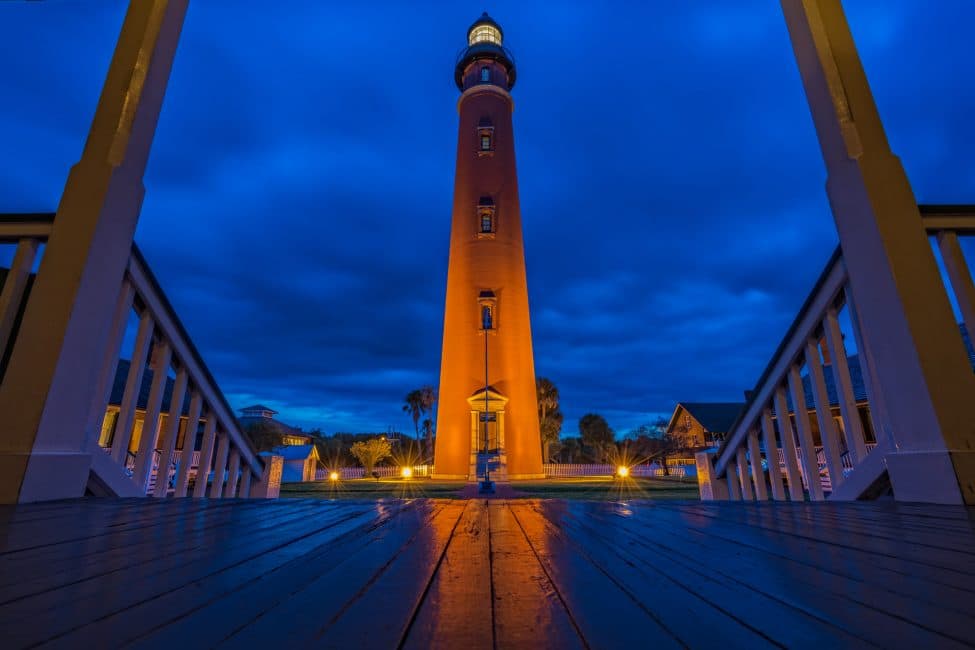
Juan Ponce de León: He was the first Spanish explorer to reach Florida, associated with the Fountain of Youth, supposedly it’s in Florida.
Prester John: I wanted to include him earlier, but decided not to, so i’ll add him here. He is not an explorer but his presence is in the background of all of the early Portuguese expeditions. He is a mythical Christian king that was supposed to live somewhere in the Middle East or Africa.
Vasco Núñez de Balboa: (1475–1517) He is best known for his march across the Panamanian isthmus that revealed the existence of the Pacific.
Pedro Álvares Cabral: (1467-1510) Led the expedition that landed on the coast of Brazil on April 22, 1500—Cabral is generally credited as the first European to do so—while en route to India.
John Cabot: (1450-1500) He was an Italian mariner sailing for the English. First person to explore mainland U.S, in 1497.
The rise of Spain was the spear head in the rise Europe. Within a few centuries they would come to dominate the entire planet. Admittedly, some terrible things happened to those that got colonised, but this is the first time in world history that mankind became unified.
If you made it this far you may be thinking, “What do all these famous explorers have to do with me?” The answer is that this period is the beginning of a chain of events that allows us to hop on a plane and go anywhere in the world.
And let’s be real as travellers, isn’t that what we really care about?
Read Next: Greenland, Where Ancient Culture Meets the Modern World

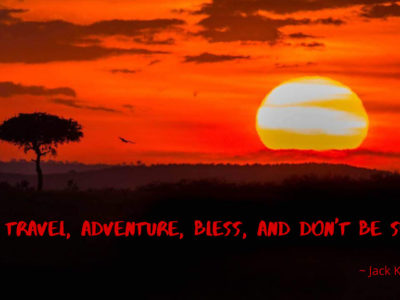
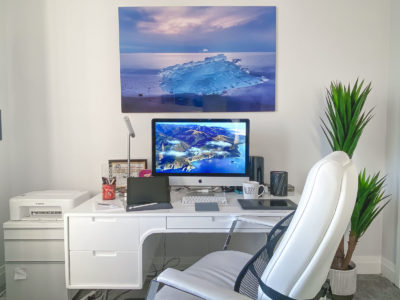
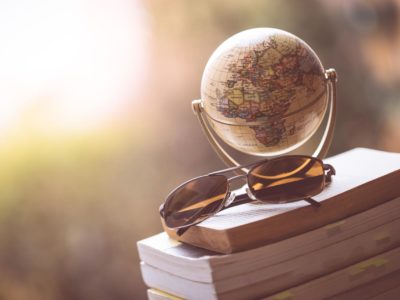
Great Post!!! I really like your thoughts. You are one of the creative bloggers. I am waiting for your upcoming post… please post soon. keep sharing, your positivity is infectious.
These guys made the foundation for modern travel throughout the world.
And Dave and Deb take much effort in making and preparing this List. We the reader really appreciate your work.
Amerigo Vespucci is awesome.
As usual, your blog is awesome. It sounds interesting to read your blog. It contains historical information which is amazing to know about it.
Reading this blog is more interesting than other. Appreciate it for your great effort to share a history they are fabulous. People have forgotten the history. But you made their memories alive in this modern world.
Thank you so much for the great contribution.
Hi There!
Really its a great work. Thank you so much for sharing your knowledge appreciate it.
Hi There!
Thank you so much for sharing your knowledge and ideas. Really appreciate it for your great work. Keep posting.
Great historical information, I have read about Columbus as the man ho found USA in my school history class or may be in quiz contest, very pleasing to add some other explores in knowledge really loved it. It’s very clear that trade is the major reason people travel from one place to another which indeed explored other options for travel as well.
This article describes on so many things about History of Colombia. It is really interesting and important.
Iam Happy to read this awesome post on Explorers. I also found some other info about this in bestadwise.com , But no one can replace this post. Nice !
Appreciate the effort you take in bringing their effort in to notice. I still wonder how could they make it possible at a point in time where the connectivity is almost negligible compared to current times. I hail from Calicut where Vasco Da Gama landed in India, so old time travellers have been a real inspiration since long time …
Thanks again for another great post !
This is very historical and informative as well. A lot of people doesn’t know about this. I’m so lucky I read this post. Hope they will preserve the paintings so that the next generation could still remember them.
Hi.
Quite an informative info with excellently taken images, Great & thanks for this lovely share 🙂
Hello Jason – I agree 100% about Columbus, I personally don’t even think there should be a Columbus day, it should be called Leif Erikson Day, since from the perspective of the Europeans, he actually “discovered” America.
Chhatra – I would like to think that the majority of travellers have at least heard of these explorers :D, at least I hope so.
Kyle – I couldn’t agree more. In the age of google maps, it’s hard to even fathom that people simply didn’t know what they were getting themselves into; but what an adventure it must have been!
What a read – the mind boggles thinking what it might have been like travelling in 1487! Literally risking everything in order to explore your own limits as well as societies own beliefs.
Me and my buddy Scott are heading to India in January 2017 to start out trip around the world. I’ll now know that people like Bartolomeu Dias helped pave the way for people like us to live out our dreams in a much easier way.
Thanks for a great post – Kyle 🙂
Hello Xplorato. That is the exact reason why i’ve always loved history myself, there’s just so much of it! Thanks for the comment!
History always fascinates me because one can never stop learning from it 🙂 very informative read! Thanks for sharing
This is indeed insightful. I loved the part about the Columbus. History has credited him for being the person to discover America but in reality he is the one who brought the news back to Europe since it was discovered by Natives long before him.
It was a good read and keep posting.
I bet many of these explorers were unheard of; even for most travelers. Thanks to Michael for plucking them out of the darkness and putting them on the spotlight on planetd.